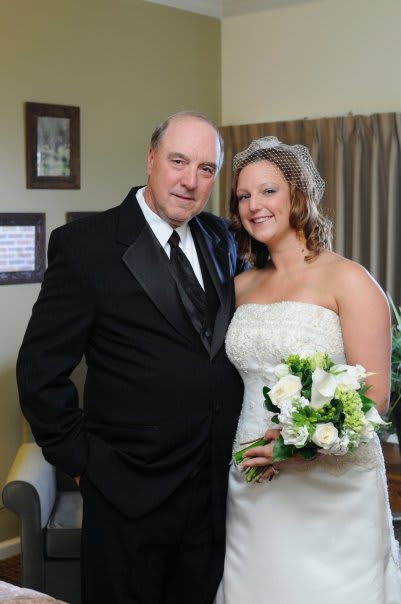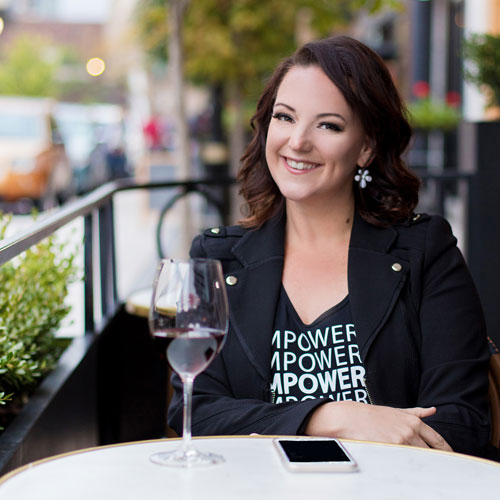My dad had many jobs after serving in the army.
He set the pins by hand at the bowling alley, worked as a carpenter when he and my mom first married, made paint in a plant, and finally worked as a corrections officer for the state until he retired.
He'll tell you that he wanted to be a police officer or part of the SWAT team, but my mom wouldn't let him.
Too dangerous....
He also wanted to ride a motorcycle, she said no.. too dangerous. I'm not sure what allowed her to say yes to a corrections officer.

We didn't really ever talk about my dad's job, until one just day he and I were sitting at the kitchen table. He randomly said to me,
"You know who I'm never afraid of? Who never causes any trouble?...... The lifers."
He proceeded to tell me that they know they aren't getting out. They've made peace with what is, and that my dad always treated them with respect, so he always got it in return. He never feared for his safety.
I went to bed that night thinking about those lifers.
Now, nearing 40, with a child of my own, and working as a business strategist and attention coach, lifers takes on a new meaning.

I've heard other people call them "raving fans" but I don't want fans. I want lifers.
Instead of looking at the ROI or conversation rate of a single campaign in business, imagine how cool it would be to start focusing on the lifetime value of a customer.
THAT was a game changer in my business.
Lifetime value means how much and how often ONE customer invests in you. One client that makes multiple purchases over and over is far better than having to hustle for new ones.
It's a common trap that business owners face when trying to scale.
They forget about giving value and making offers to who they've already worked so hard to get. The first yes is always the hardest.
Here are 3 ways to raise revenue with your existing client base:
1. Build a bulletproof on-boarding process.
The first few interactions your clients have with you are so critical. It's important they feel valued, heard, and given direction or a road map. If it's a course, membership, or group coaching program, it's helpful to shoot a "how to navigate" this product area. If it's group coaching or an event, what do they need to initially know and do? If it's 1:1 coaching, it's helpful to set the boundaries and talk about expectations on both ends. The better you can communicate in the beginning, the better the outcome.
2. Listen to your customers feedback
Although I disagree with some experts who say survey your broad community (I don't think they KNOW what they want), I do believe in surveying your EXISTING customer base. If they've already bought and engaged, the trust is built that you'll deliver on your end. Ask them what their biggest roadblock and biggest aspiration is in the next 90 days. THAT could be your next program. Ask them what they liked or disliked about the program or service they bought. When we know better, we do better.

3. Upsell, Cross Sell, and Down Sell often
When I surveyed my list this past year, the biggest A-HA I got was that they didn't know ALL that I had to offer. We often ASSUME that our list, community, and clients SEE the newest product we've launched and remember that it's out there. They don't. That's why we have to teach and make offers at least quarterly AND add on one- click upsells, cross sells,and downsells. If you're not doing this, you're leaving money on the table.
*
*
*
*
Need a strategy around how to do any of this? Book a 30-minute strategy call with me here!




